Boost converter essential in many of the electronics we use daily, helping to increase voltage where needed. Whether you’re an engineer, a DIYer, or just curious, understanding how they work is valuable. In this article, we’ll quickly cover what Boost converters are, how they operate, and their key applications, giving you a clear and practical understanding.
Step 1: What is a Boost Converter?
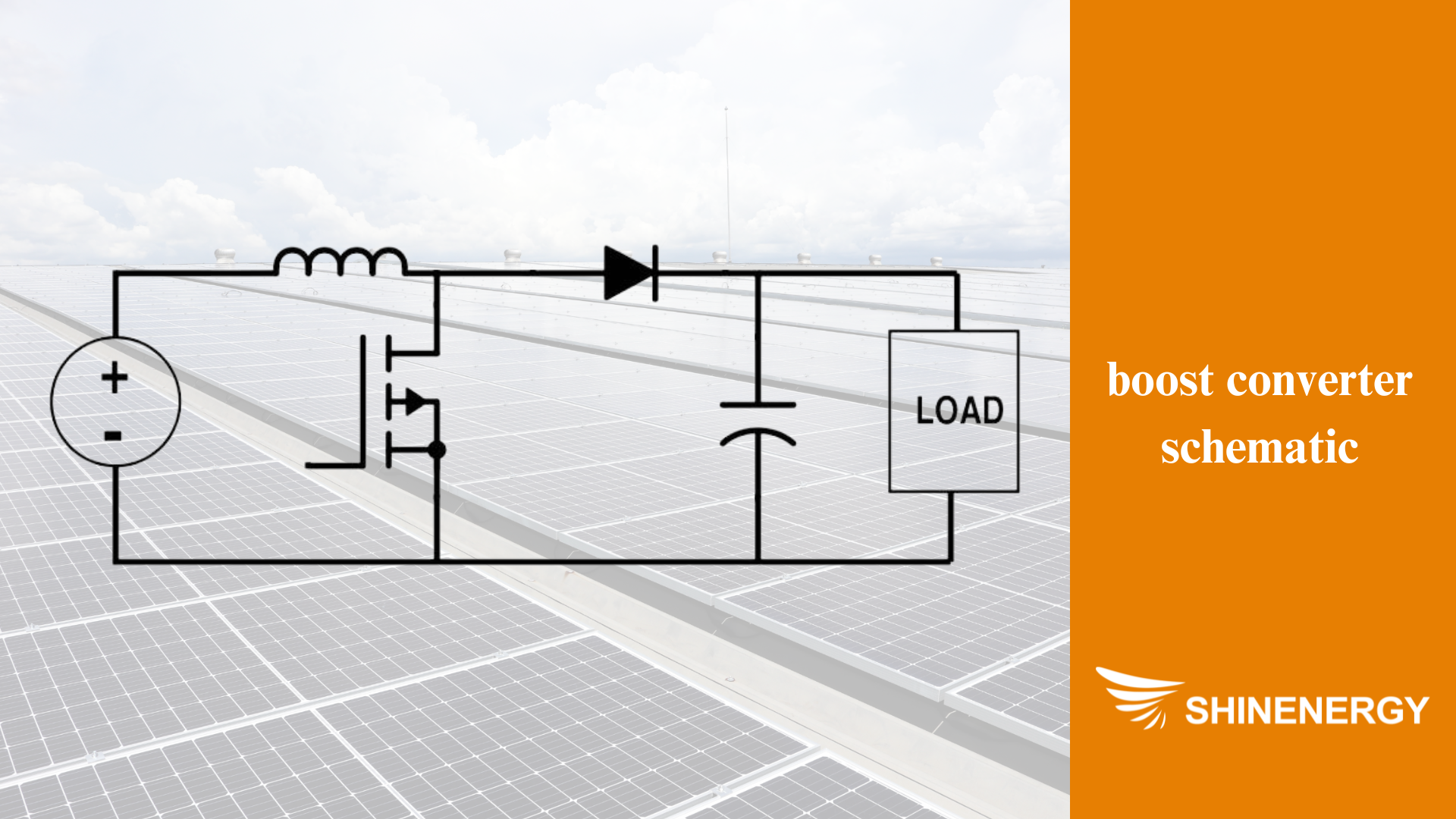
Figure 1 Boost converter schematic
Simply put, boost converters (Also called a step-up regulator) are small devices that can “boost” a low voltage to a high voltage. For example, when you have a low-voltage battery but need a higher voltage to drive a certain device, boost converters come in handy. It uses some key electronic components to increase the voltage to the level you need. This technology is very common in various electronic devices, such as portable devices, solar devices, etc. Simply put, it is to “boost” the voltage so that the device can work properly.
Step 2:How does a boost converter work?
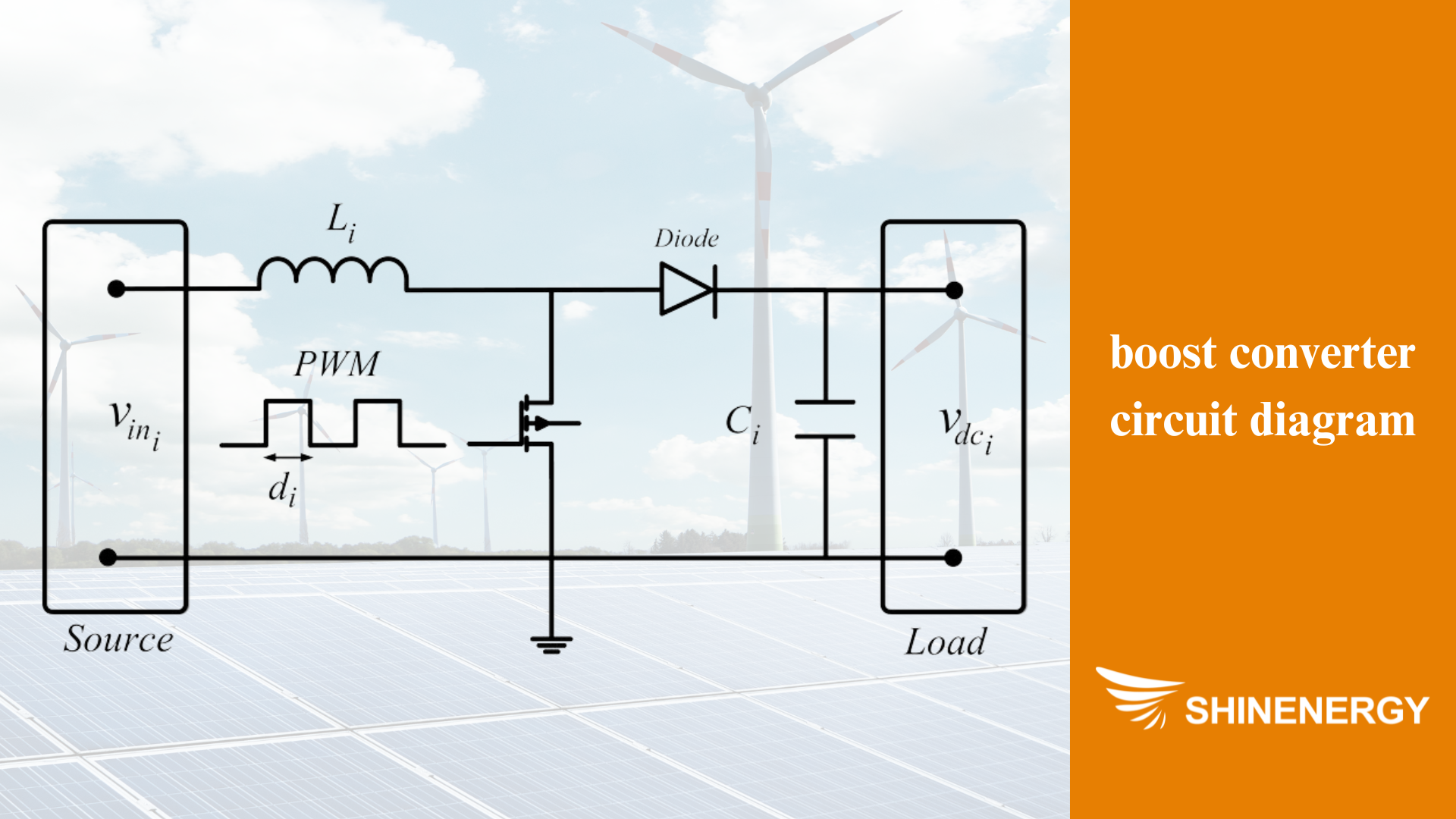
Figure 2 Boost converter circuit diagram
The working principle of the boost converters is actually quite simple. At its core, it is an inductor and a switch (usually a MOSFET), plus a diode and a capacitor. These components work together to convert low voltage to high voltage.
Simply put, when the switch is closed, current passes through the inductor, and the inductor starts to store energy like a small battery. Then, when the switch is opened, the inductor will pass the stored energy to the output through the diode, and together with the capacitor, it will “push up” the voltage so that you get a higher voltage than the input.
This process is repeated, the inductor stores and releases energy, and the voltage is gradually increased. So, this is how the boost converter “adds” to your circuit.
Step 3:Key points of boost converter design
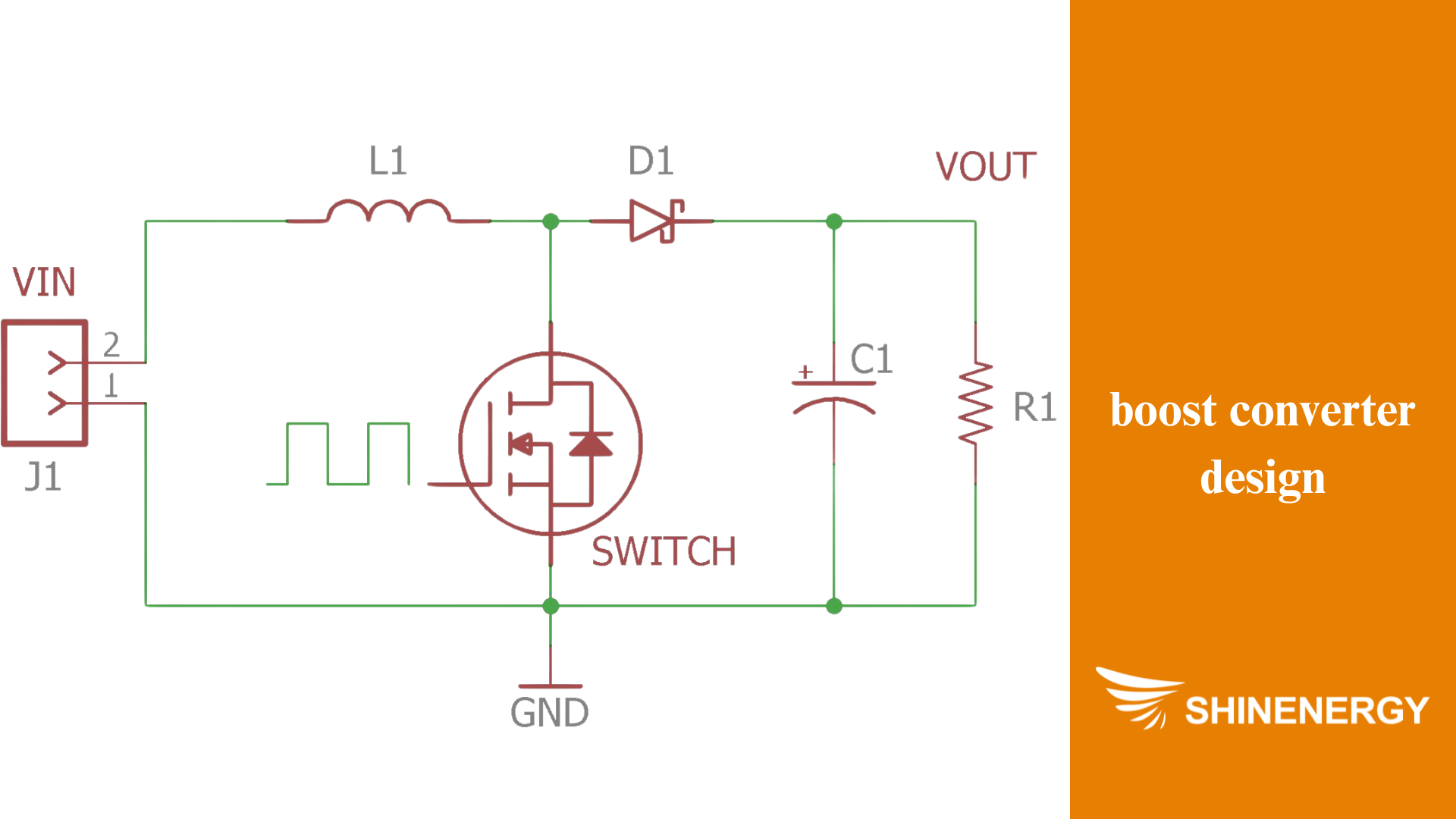
Figure 3 Boost converter design
First, you need to understand the relationship between the input voltage and output voltage, which is called “voltage gain”. This basic formula determines how big an inductor you need and how high the voltage boost is.
Then there is the choice of inductor. Just like choosing the right tool, you have to choose the right inductor, otherwise the whole circuit may be unstable or inefficient. An inductor that is too small will cause the current to fluctuate too much, and an inductor that is too large may slow down the response.
The switching frequency is also a big problem. At a higher frequency, the inductor and capacitor can be smaller, but the efficiency may decrease. At a lower frequency, the components will be larger, but the efficiency will increase. So, you have to find a balance point to ensure efficiency without making the circuit too complicated.
Finally, there is the output capacitor. This thing determines the stability of the output voltage. If the capacitor is too small, the output voltage may fluctuate; if it is too large, the circuit will respond more slowly. So, the size of the capacitor also needs to be carefully considered.
Step 4:Advantages and Disadvantages of Boost Converters
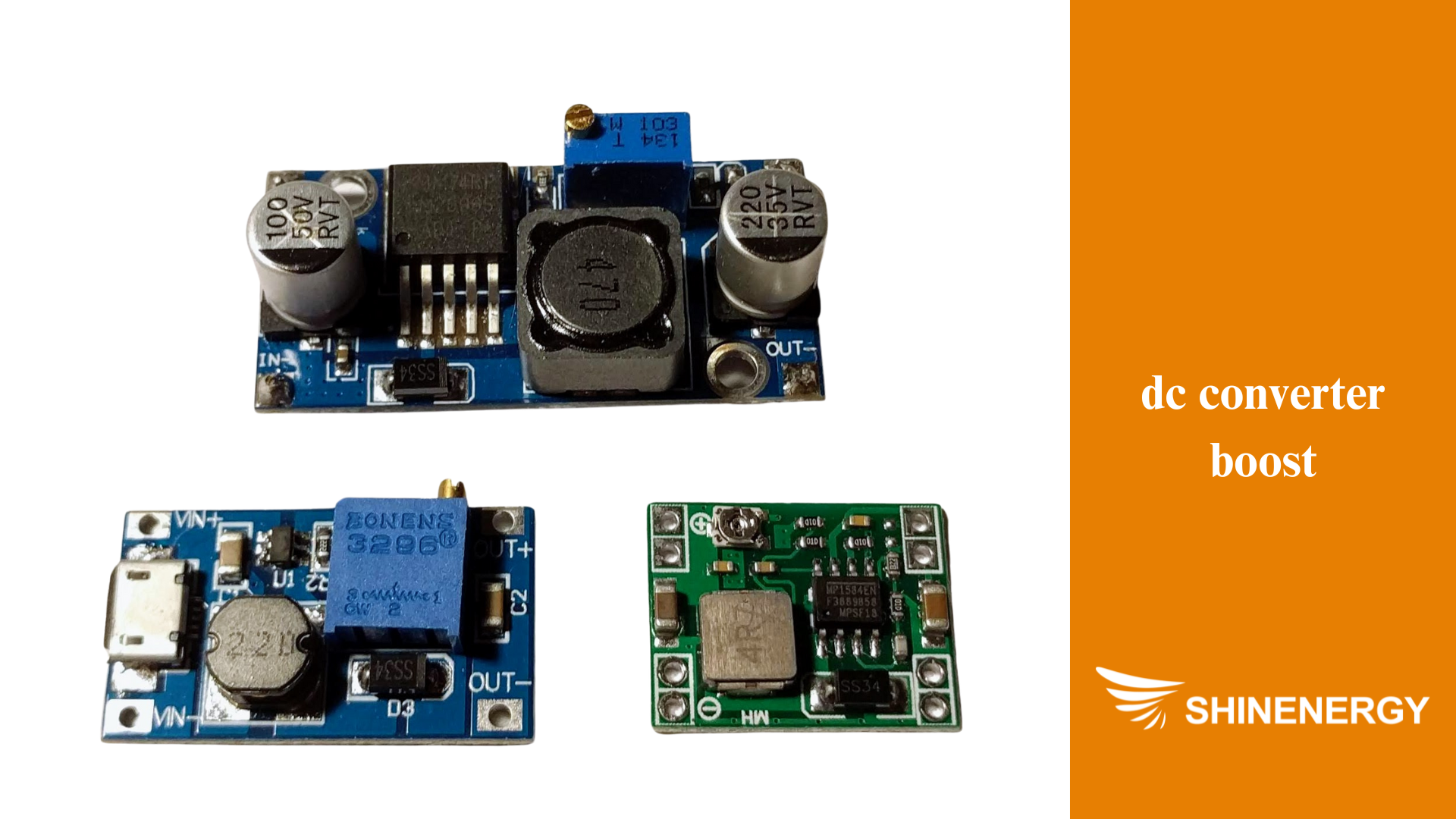
Figure 4 DC converter boost
Boost converters have their pros and cons. Let’s talk about the pros first. This little gadget is highly efficient and relatively simple in design, especially when you need to boost low voltage, it is simply a magical tool. Boost converters are standard in many portable devices or devices that require a high-voltage power supply.
However, boost converters are not perfect. One problem with it is that it is easy to generate high voltage spikes, which may not be friendly to other parts of the circuit, and some additional filtering design is needed to solve it. Another problem is that the EMI (electromagnetic interference) of boost converters is also more likely to occur, which requires you to spend more time in the design to ensure that the EMI of the circuit is not too large.
So, in general, boost converters are very practical tools, but when using them, you must also pay attention to these possible problems and take good protection.
Step 5:Application Scenarios of Boost Converters
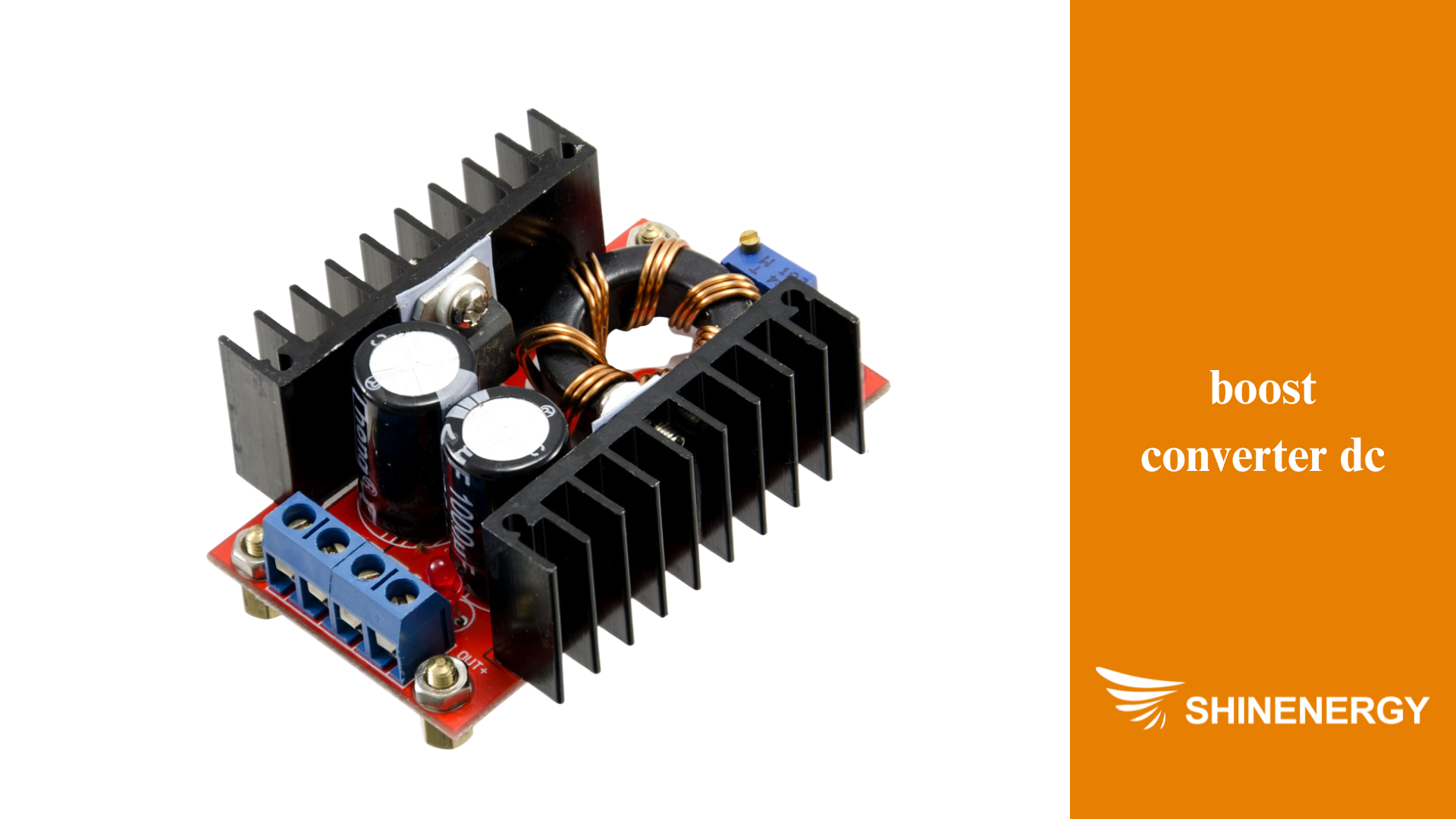
Figure 5 Boost converter dc
The application range of boost converters is quite wide, and it can be seen in many places.
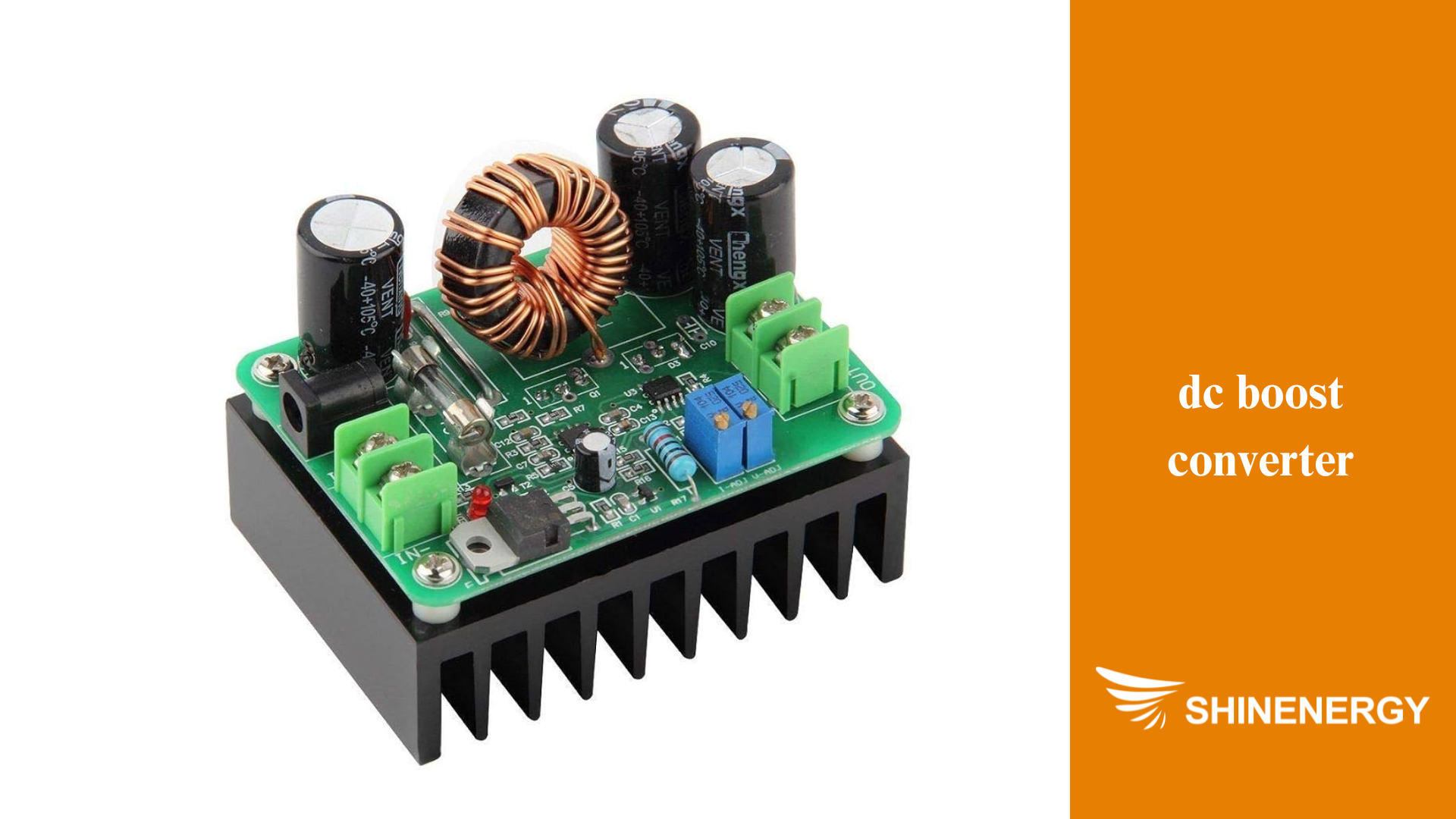
Figure 5-1 dc boost converter
For example, portable electronic devices, it is often used to increase the low voltage of the battery so that the device can operate normally. It may exist on your mobile phone, tablet, and other things.
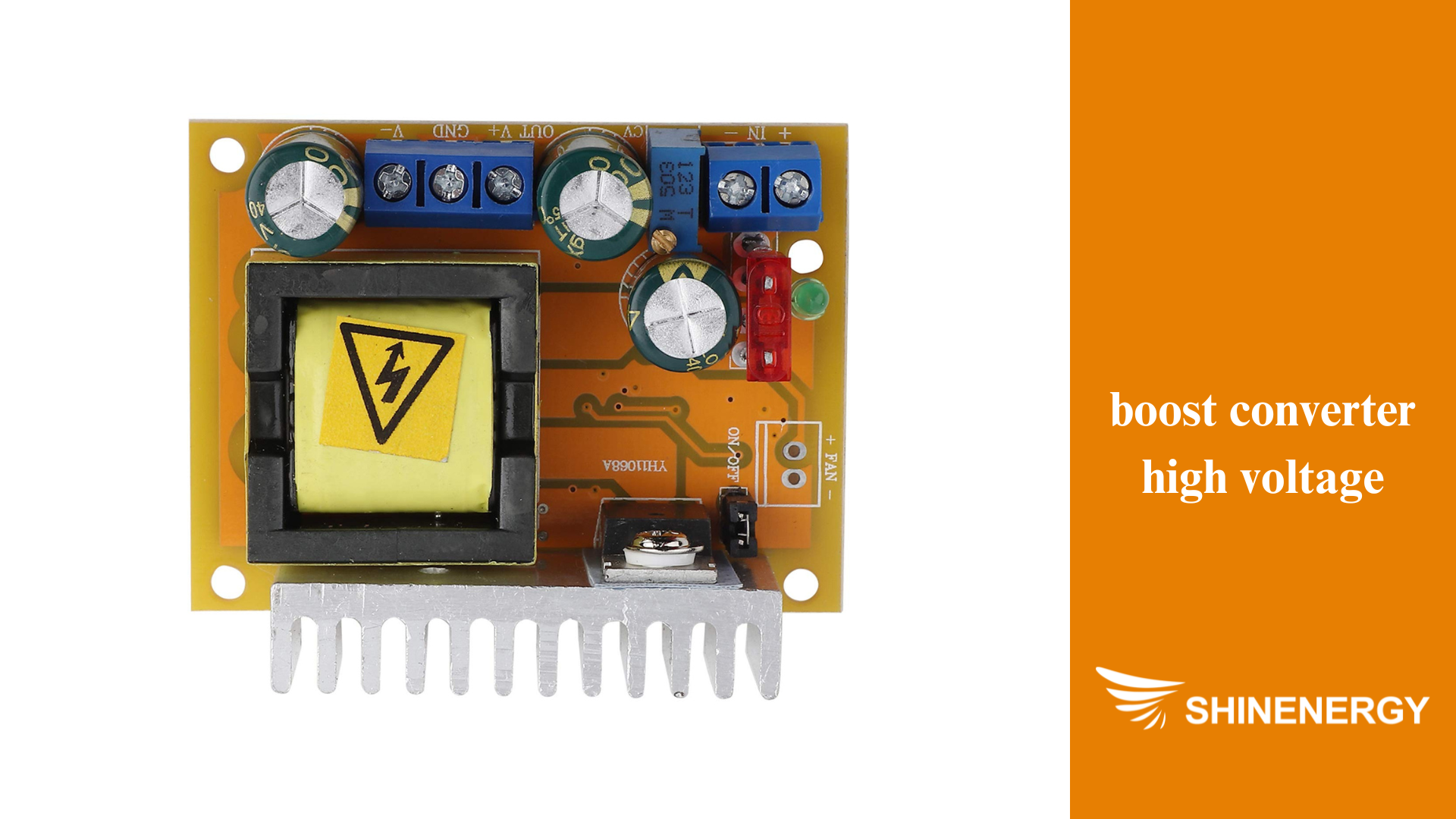
Figure 5-2 dc voltage boost converter
Let’s talk about electric vehicles. Boost converters are also often used in the power system of such vehicles to increase the battery voltage and power the motor. Without it, the power of electric vehicles may not be strong enough.
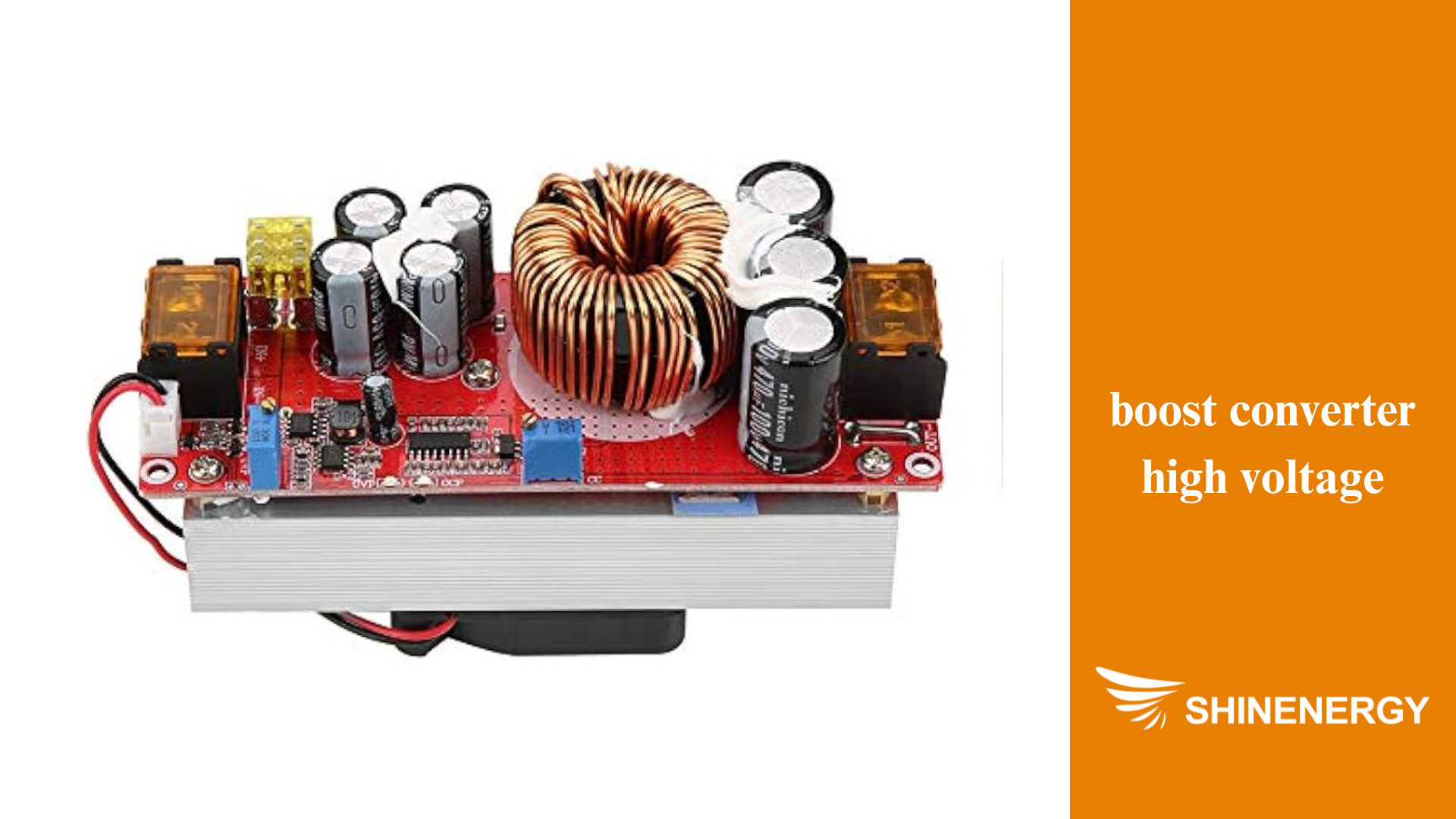
Figure 5-3 Boost converter high voltage
Solar photovoltaic systems are also a hot application. The voltage generated by solar panels is unstable and usually low, and boost converters can help increase this voltage so that the system can better store or use this electricity.
Finally, boost converters can also show their talents in power conversion in some power systems. It can help adjust the voltage to ensure that the device operates within the appropriate voltage range.
So, whether it is as small as a portable device, as large as an electric car, or a solar system, boost converters play an important role.
Step 6:Future Development Trends of Boost Converters
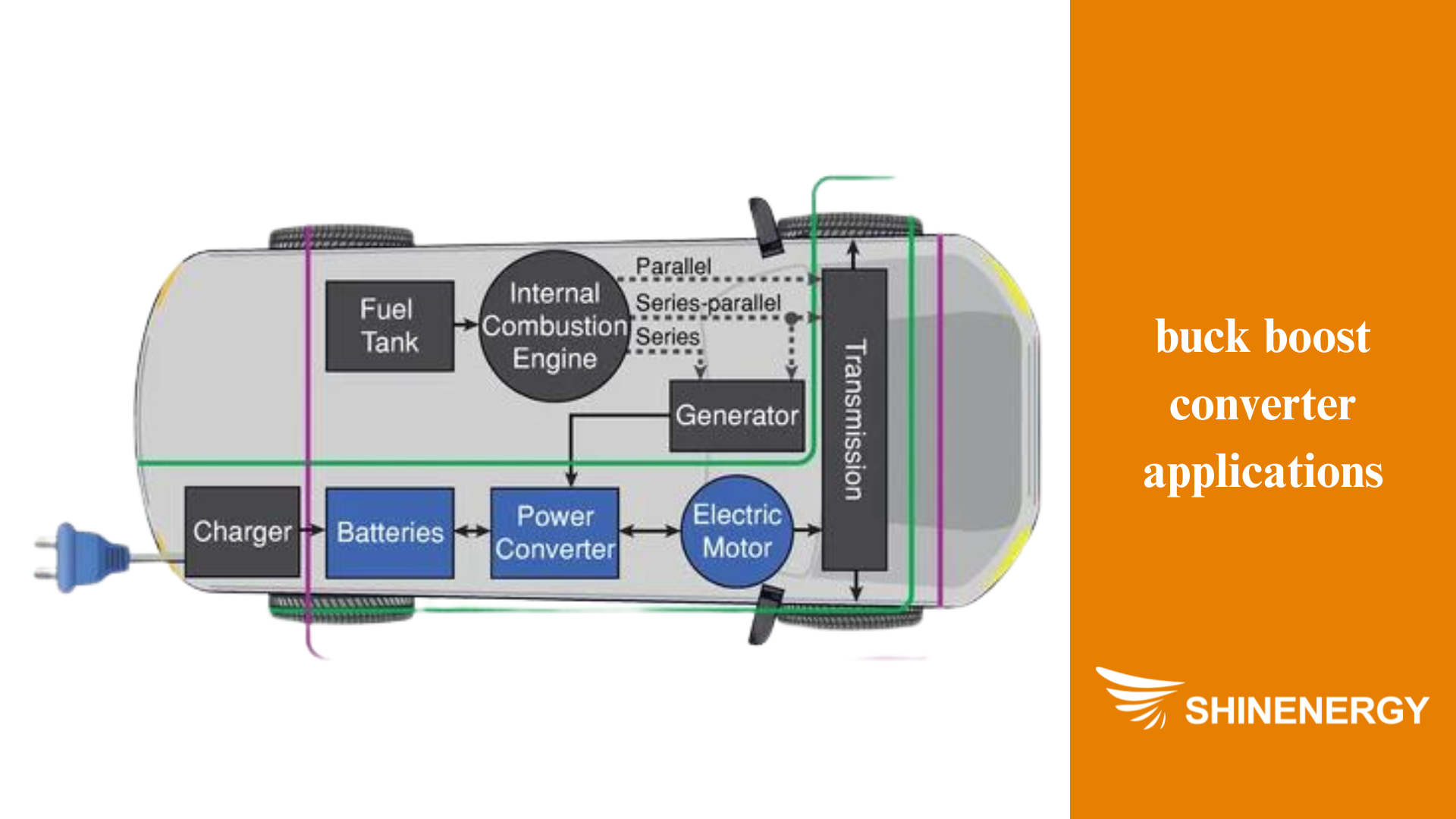
Figure 6 Buck-boost converter applications
When it comes to the future of boost converters, its prospects are still very promising. Especially in the field of new energy, such as solar energy and electric vehicles, the demand for boost converters will increase. After all, everyone is looking for more efficient and environmentally friendly solutions, and boost converters can play a key role in these fields.
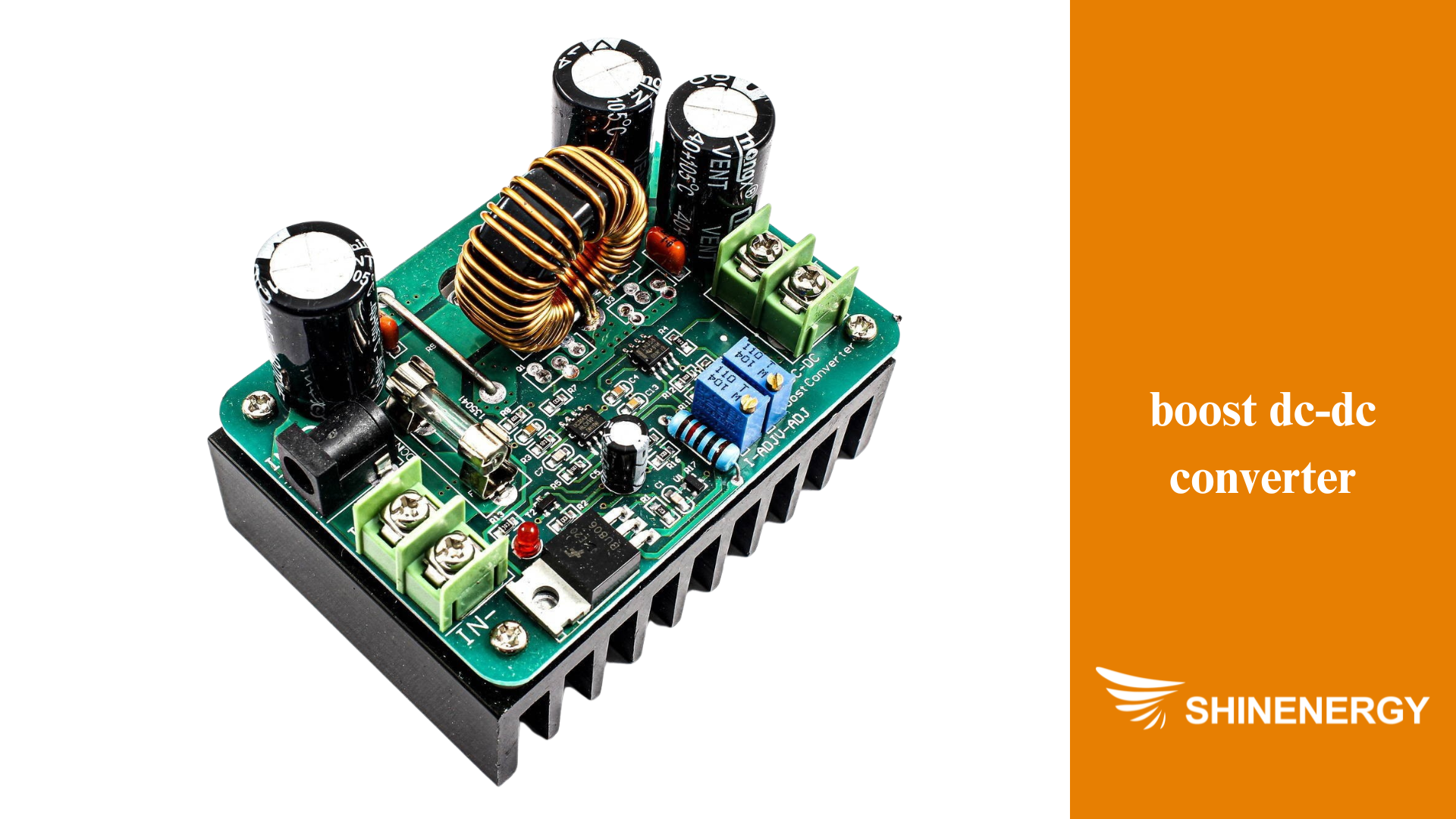
Figure 6-1 Boost DC-DC converter
In addition, with the continuous development of new materials and technologies, the performance of boost converters will continue to improve. For example, more advanced semiconductor materials can make converters work more efficiently and stably while reducing costs.
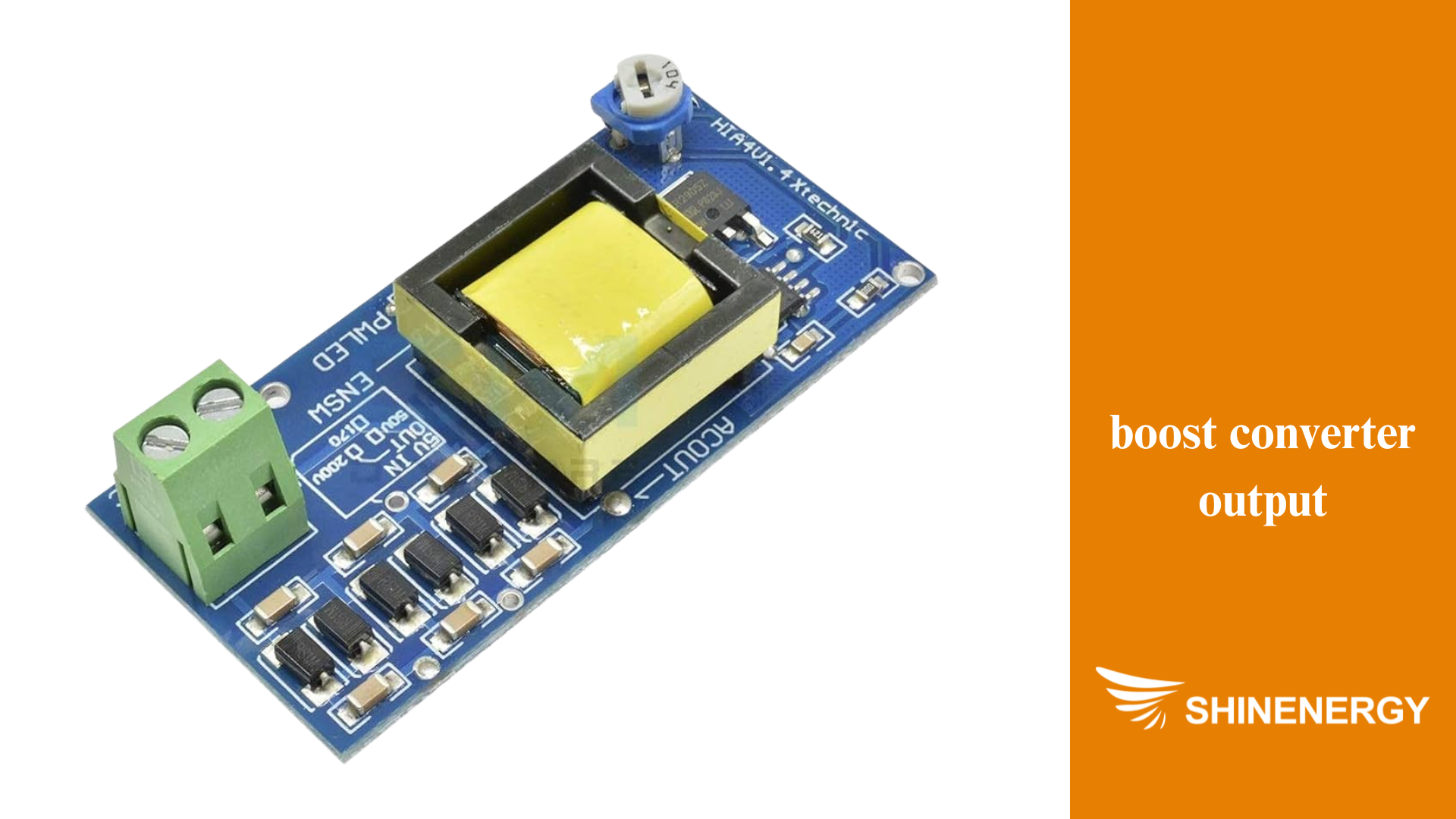
Figure 6-2 Boost converter output
Market demand is also driving the innovation of boost converters. As electronic devices become more and more complex and the requirements for voltage regulation become higher and higher, the design of boost converters will become smarter and more flexible and can adapt to a variety of different application scenarios.
In short, boost converters will become more and more important in the future, and their development will be accompanied by technological progress, providing better support for various emerging industries.
conclusion
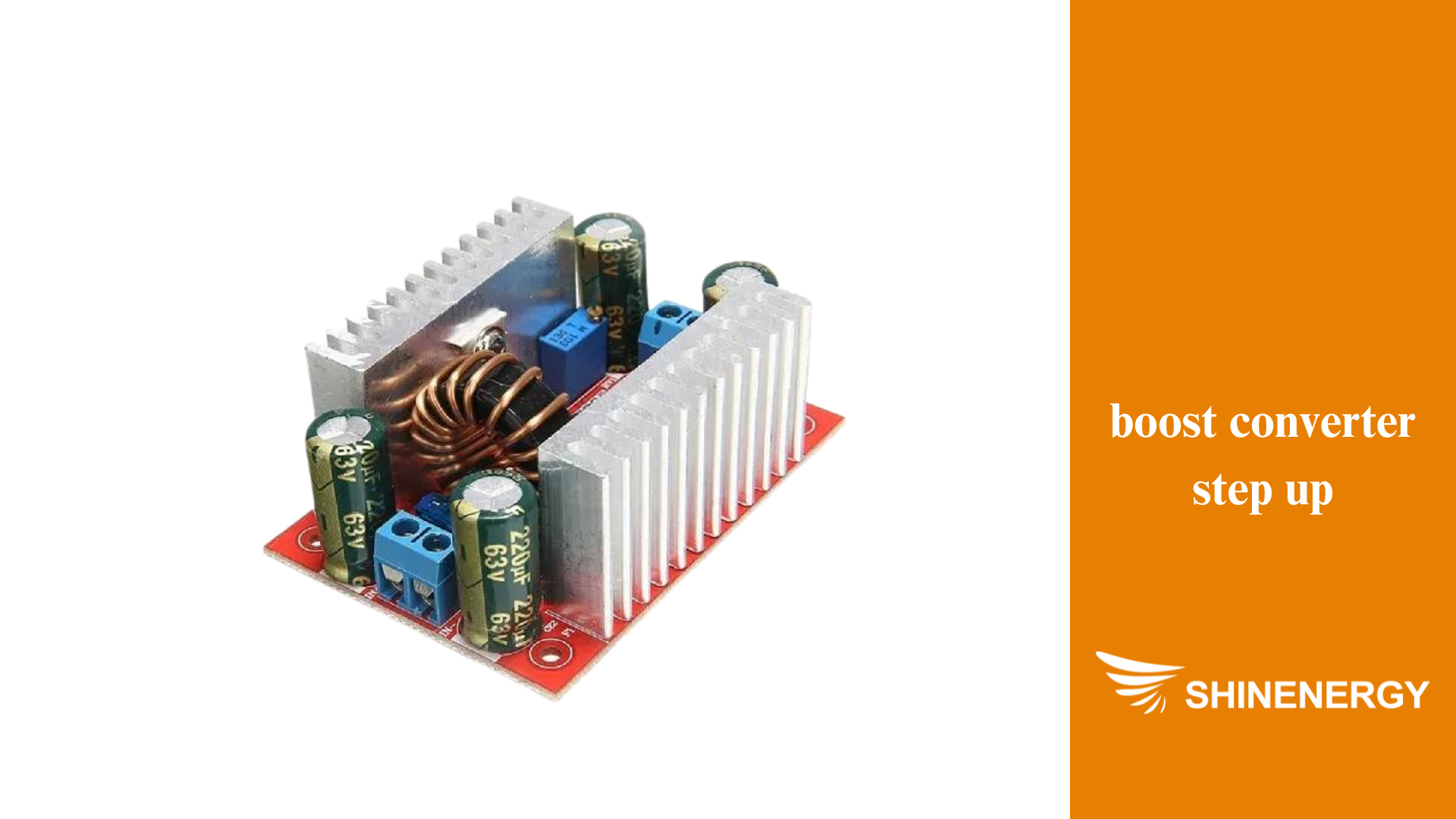
Figure 7 Boost converter step-up
To sum up, although the boost converters are small, they play a vital role in modern electronic design. It can not only effectively increase the voltage, but also enable various devices to operate normally in different application scenarios.
Whether in daily electronic devices such as mobile phones and tablets or in more complex fields such as electric vehicles and solar energy systems, boost converters play an indispensable role.
I hope that through this article, you can have a clearer understanding of the principle, application, and future development trend of boost converters.
If you are interested in electronic technology, you may wish to explore further and see how this technology can be applied to more interesting places.
FAQ
What is a boost converter calculator?
What is boost converter ic?
A Boost Converter IC is a specialized integrated circuit that elevates low input voltage to a higher output voltage in DC circuits.
These ICs are part of the broader category of DC to DC-to-DC converter ICs, which manage the conversion between different DC voltage levels.
Among these, Buck-Boost Converter ICs can either step up or step down the voltage, providing versatility for various applications.
Specifically, a DC to DC Boost Converter IC focuses on stepping up the voltage, making it ideal for devices requiring higher voltage than what the power source provides.
Whether you’re using a Boost Converter IC or a DC to DC Boost Converter IC, these components are crucial in ensuring your electronic devices operate efficiently and reliably across different voltage requirements.
What is the difference between buck and boost converters?
In power supply design, we often use the buck-boost converter because it can flexibly step up or down the input voltage, meeting various voltage requirements. By combining the boost buck converter and buck-boost regulator, we can achieve efficient voltage regulation in different application scenarios. Additionally, using buck-boost converter equations helps accurately calculate the necessary component parameters, ensuring the circuit’s stability and efficiency. Choosing a DC-DC boost converter, or buck-boost converter module allows your project to operate smoothly in different voltage environments.
Type of DC to DC Converter?
Figure 1 dc to dc converter circuit diagram step up
Buck Converter: Reduces a high voltage to a lower voltage.
Buck-Boost Converter: This can step up or down the voltage, depending on the input voltage and output voltage requirements.
Flyback Converter and Forward Converter: Used in isolated and non-isolated applications, can either step up or step down the voltage.
What are the common boost converters specifications?
| dc-dc boost converter 5v to 12v | boost converter 5v to 12v | step-up voltage regulator 12v | step-up voltage regulator 5v
|
| boost converter 12v to 24v | 12v to 24v boost converters
| 12v to 48v boost converters
| 12v to 80v boost converter
|
| 12v to 36v boost converters | 5v boost converters | 12-volt boost converters | 12v boost converters |
Do you have a buck-boost converter pdf?
If you need a PDF, please fill in your information and we will contact you immediately!

